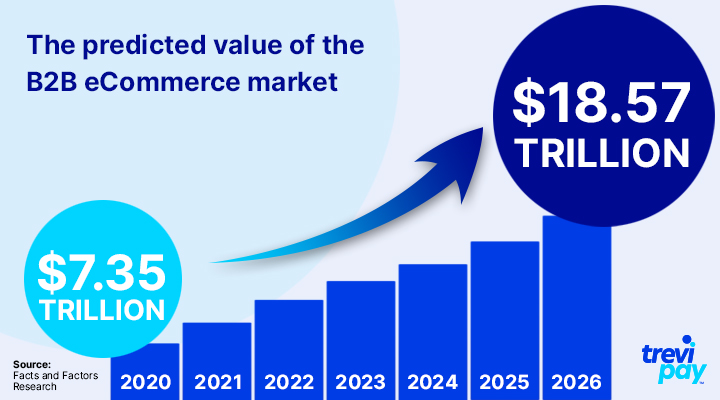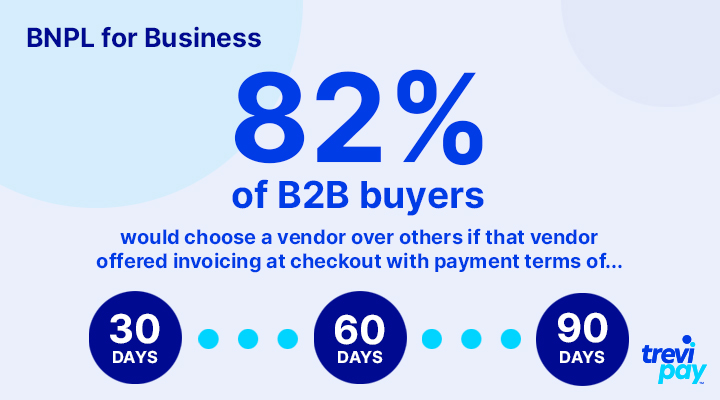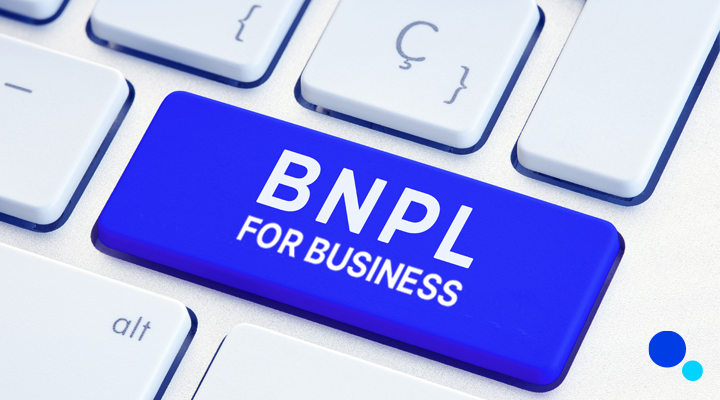In recent years, retailers have focused much time and effort on improving the buying journey for B2C buyer e-commerce. Today’s buyers expect the highest levels of ease and simplicity when paying online.
The focus now turns from B2C to B2B. Many retailers have identified an important growth opportunity in B2B e-commerce. The B2B e-commerce market was valued at $7.35 trillion in 2020 and is predicted to create revenue of roughly $18.57 trillion by the end of 2026, with a CAGR of roughly 19 per cent between last year and 2026.

But there is a big difference in the needs of B2B buyers.
For example, B2B buyers often prefer to pay by invoice over debit and credit cards, as it is a more beneficial payment method when making large or repeat purchases. Retailers also can find such B2B buyer expectations difficult to accommodate in their back-end accounts receivable operations.
So how can retailers build an e-commerce experience that will attract and retain B2B buyers? There are a few critical factors to consider.
- Buy Now, Pay Later for Businesses: Payment terms, or trade credit, have always been a mainstay of B2B sales. In fact, 82 per cent of B2B buyers would favour one vendor over another if they offered invoicing at checkout with 30, 60 or 90-day payment terms. By offering “BNPL for Business,” retailers can deliver terms that are familiar to B2B buyers, and benefit from increased spending and loyalty due to having a dedicated financial relationship with the customer.

- The Buy-Button Experience: B2B buyers now expect to purchase with an Uber-level of simplicity where payments are embedded into a seamless user experience. This can be difficult as B2B payments is more complex than B2C payments, which are usually performed by a consumer with a single payment method – usually a credit or debit card. But a B2B transaction often involves multiple stakeholders (the purchaser, the budget owner, the procurement group, the accounts payable team and others) and numerous payment options (net terms, purchasing cards, and credit cards, among others). Smart payments solutions can help retailers overcome these complexities and deliver a B2B e-commerce experience that is simple, frictionless and drives repeat purchases.
- Address the risks: The global move toward e-commerce has naturally attracted increased types and volumes of fraud. Once retailers attract B2B buyers online, they must also protect themselves from risks such as business identity theft and other forms of digital fraud. Implementing powerful fraud detection and risk decisioning technology will be essential.
- Find the right partner: So where should a retailer begin in building their B2B e-commerce experience? A good payments partner should finance the trade credit you offer B2B buyers. This will allow you to give those buyers up to 90-day payment terms – but you will be paid in days so your cashflow is protected. Look for a partner that can integrate with your e-commerce platforms, so you can deliver a B2C-like experience while meeting the complex demands of B2B purchasing processes. Finally, the right embedded payments partner will have a strong track record of risk decisioning and bullet-proof fraud detection, to protect you while doing business in a global online marketplace.
With the growing market of B2B buyers, retailers can’t afford to forget about this important opportunity. However, investment is needed to build a robust B2B payments program so retailers can properly address the complex needs of the market and build loyal and profitable B2B relationships for the future.
Learn how to reduce purchasing frustrations, build customer loyalty and increase revenue in B2B sales by offering choices at checkout.







